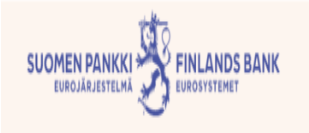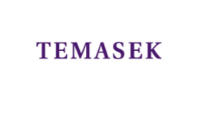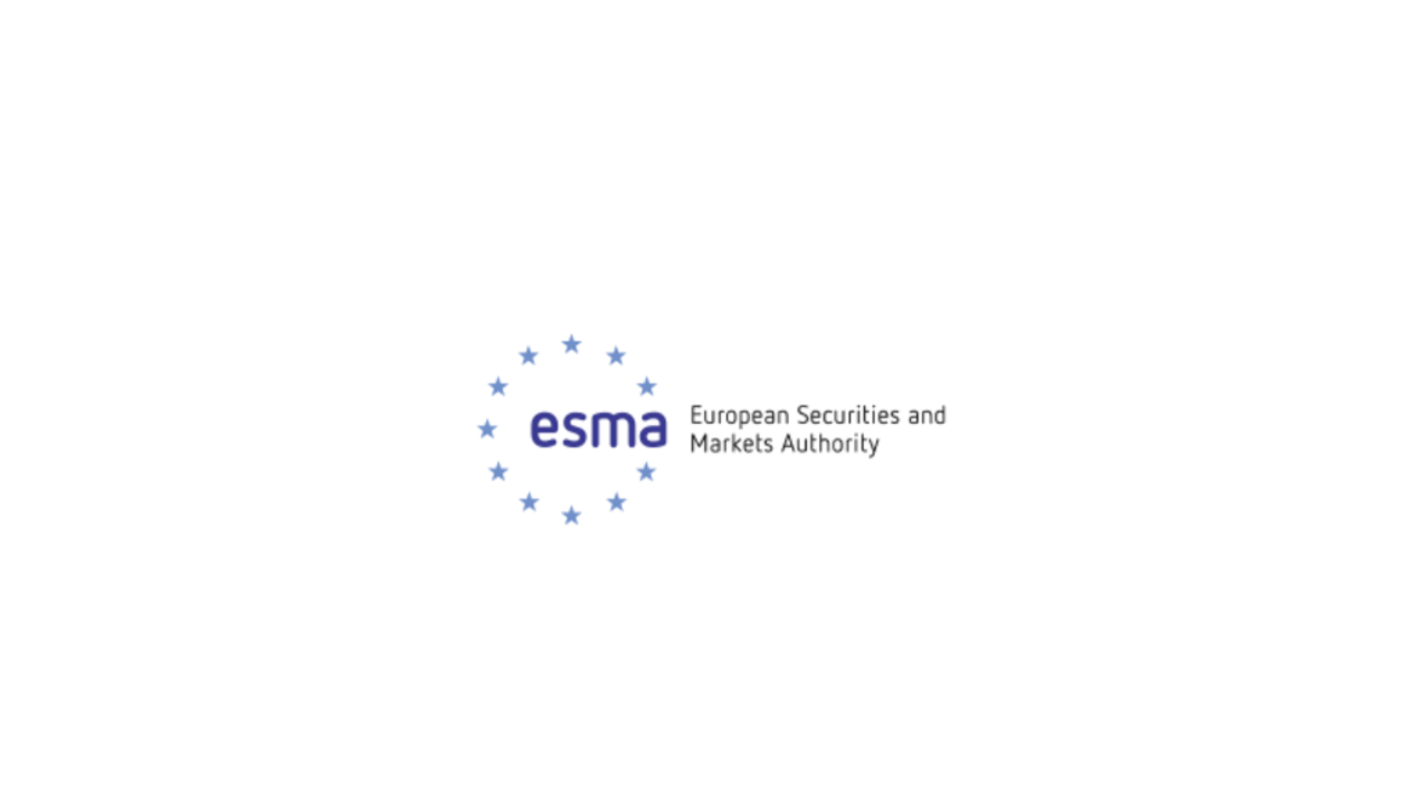World Bank Releases Its First Report on the Circular Economy in the EU
The World Bank’s first comprehensive report on the circular economy in the European Union (EU)—“Squaring the Circle: Policies from Europe’s Circular Economy Transition”—states that the current “take-make-use-waste” linear model of economic expansion is increasingly unsustainable, not only on environmental terms, but also from an economic security and inclusion dimension. The report concludes, however, that comprehensive policy packages can reduce material consumption while still maintaining growth and welfare creation.
Countries in the EU are global leaders in promoting the Circular Economy transition, after making it a centerpiece of its growth strategy and embarking on a vast regulatory reform program. The World Bank report examines the EU's experience in furthering the circular economy agenda to elicit lessons that can benefit countries within and beyond Europe’s borders. The report also concludes that ambitious circular economy policies could reduce Europe’s aggregate material use by up to 11 percent and effectively decouple growth from the use of raw material resources within a decade.
Over the past two decades, total material use in the EU has decreased by 9.4 percent and the share of resources derived from recycled waste increased by almost 50 percent. However, while impressive, progress in transitioning to a circular economy appears more limited when viewed in relation to Europe’s actual material footprint.
“Our dominant ‘take-make-use-waste’ global economic model is unsustainable. Current global demand for natural resources exceeds our planet's regenerative capacity by a factor of 1.75; we simply do not have another planet.” said Gallina A. Vincelette. World Bank Country Director for the EU. “Europe is at the leading edge of the circular economy transition, but circular business models need to move from the niche to the mainstream. The good news is that the right policies, aimed at creating incentives on the pricing of natural resources, providing information for better decision making by economic actors, enabling institutions to mainstream circularity as a whole-of-government agenda, and unlocking investment - can enable significant progress.”
Europe’s private sector is the engine of the circular economy, however innovative circular economy business models remain limited in scale, depth, and speed of adoption. Average market penetration of these models stands at just five to 10 percent; recycled materials currently represent only 8.6 percent of raw material input, and the share of remanufacturing products compared to new manufacturing is just 1.9 percent. Without rapid scale-up, the sustainability potential of a circular economy will not be realized.
“While also paying the environmental costs of our current linear model, developing countries – particularly those whose economies are heavily concentrated on raw materials exports - also face trade related risks from circular economy policies enacted in high income countries,” said Sameh Wahba, Regional Sustainable Development Director for Europe and Central Asia. “Developing countries need to be central to the global transition towards a more circular economy.”
Finally, the report highlights that in Europe, the economic costs to be incurred from the decoupling between economic growth and material use could be offset by appropriate fiscal policies aimed at shifting the tax burden from labor to raw material extraction, use and waste.





















































First, please LoginComment After ~